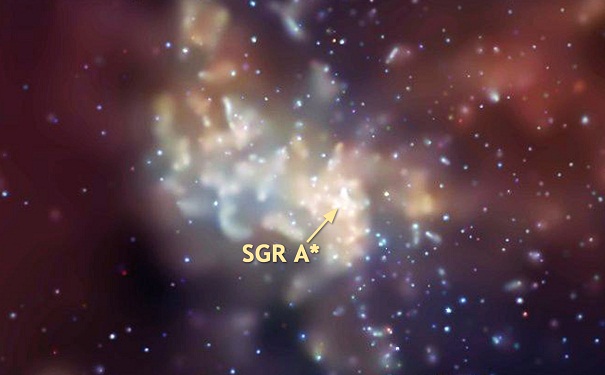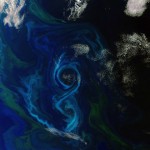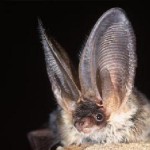
Sagittarius A* at the centre of the Milky Way. Credit: NASA/CXC/MIT/Frederick K. Baganoff et al
The clouds that obscure supermassive black holes could be the result of high speed collisions between planets and asteroids.
Supermassive black holes can be found in the central region of most galaxies. About 50 per cent are obscured by donut-shaped dust clouds, whose origins are not clearly understood.
In our own Solar System, this “˜zodiacal dust’ originates from the collisions between solid bodies, such as asteroids and comets. This has caused an international team of scientists, led by Dr. Sergei Nayakshin from the University of Leicester, to suggest that the mysterious dust clouds may be the result of collisions between planets and asteroids.
Their study, published in the scientific journal Monthly Notices of the Royal Astronomical Society, proposes that, in addition to black holes and stars, the central regions of galaxies could also contain planets and asteroids. The collisions between these objects could occur at speeds up to 1000 kilometres per second, causing them to be fragmented, shattered and eventually reduced to microscopic dust.
Quantum mechanics has predicted that black holes emit radiation. According to Dr Nayakshin, these harsh conditions and frequent collisions would cause these planets to be devoid of life long before they were destroyed.
“Too bad for life on these planets,” he said, “but on the other hand the dust created in this way blocks much of the harmful radiation from reaching the rest of the host galaxy. This in turn may make it easier for life to prosper elsewhere in the rest of the central region of the galaxy.”
The black hole at the centre of the Milky Way, Saggitarius A (SGR A), has a mass more than four million times that of our sun. However, SGR A is surprisingly quiescent, as it emits much weaker radiation than other black holes.
Understanding the origin of the dust near black holes is important in modelling how they grow and how they affect their host galaxies, according to Dr Nayakshin. “We suspect that the supermassive black hole in our own Galaxy, the Milky Way, expelled most of the gas that would otherwise turn into more stars and planets,” he said.
“Understanding the origin of the dust in the inner regions of galaxies would take us one step closer to solving the mystery of the supermassive black holes.”
Source: Royal Astronomical Society







John
November 16, 2011
I would think the cosmic dust or clouds would be sucked up by the supermassive black holes but if not it would make sence that it would help block the radiation from the rest of the galaxy.